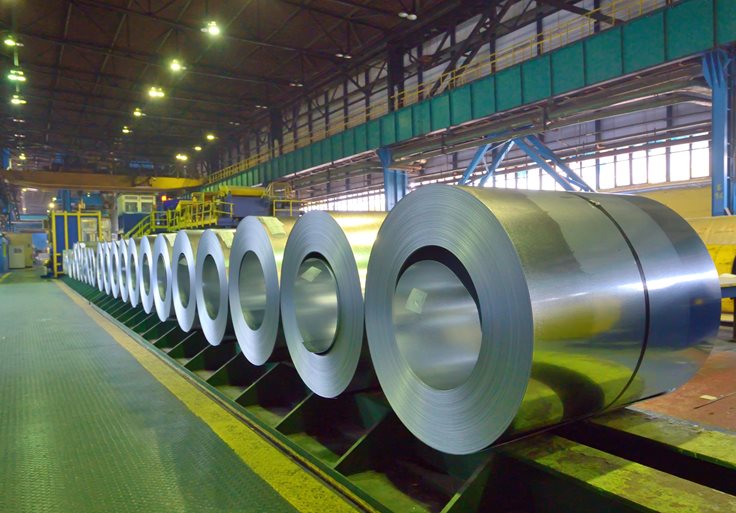

In addition, metal production was a slow, complicated, and expensive process. The industry was based on knowledge that had been passed down for millennia, and many of the scientific aspects of its components were unknown. In the mid-19th century, when Bessemer began to investigate new ways of working steel, metallurgy was based on traditional methods. Everything pointed to the fact that improving weapons and creating new options would require producing steel faster, cheaper, and more abundantly. However, everything that Bessemer presented was too heavy, and doubts arose about whether the French artillery could withstand its use. The French did, though, and they commissioned the inventor to build several experimental shells. He patented a rifle shell and an artillery mortar, but the British government didn't take any interest in them. At that time, Bessemer became interested in the conflict and began working to make British weaponry more efficient, safe and, above all, lightweight. In 1853, when the world was marked by imperialism and colonialism, the Crimean War broke out. The list goes on to reach at least 129 patents and many other inventions he never registered. In the following years, Bessemer created and patented all kinds of methods and devices: mobile dies for stamp printing, machinery for extracting sugar from sugar cane, a brake system for railway carriages, and even aerodynamic wagons. It was there that he began to look for improvements in the industry and build his first inventions, such as a machine for making bricks and a method for optimizing the formula for the materials they worked with. Before he turned 17, the young man had already left school to focus on his father's business: a type foundry where they worked with different metals. Henry Bessemer was born in 1813 in the county of Hertfordshire in the United Kingdom.


 0 kommentar(er)
0 kommentar(er)
